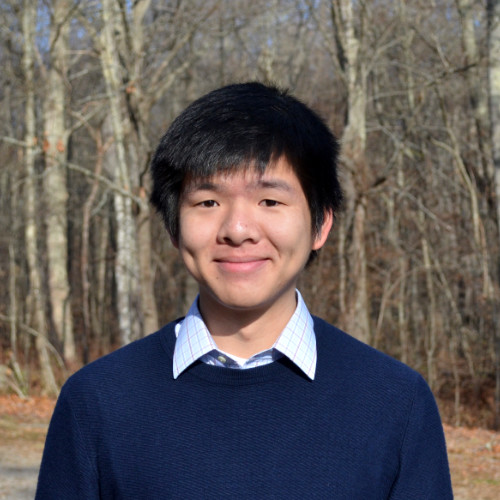By Nicole Contosta
Jonathan’s imagination has concrete objectives. Through his research, he hopes to improve the size, weight, and power (SWaP) of magnetoencephalography (MEG) that measures weak magnetic fields produced by the brain. This would provide a deeper understanding of diseases such as schizophrenia and epilepsy in the neuroscience and neural engineering fields. How would it work? Low-cost technology would allow researchers to map brain activity through wearables over long periods of time. “The magnetic fields detect wirelessly, so you’re not attaching electrodes to the skull. It’s non-invasive,” Jonathan said of the wires currently used.
Jonathan’s inspiration derives from his undergraduate work both at Northeastern University as well as fellowships and co-ops at the University of Pennsylvania.
At Northeastern University, Jonathan’s work with Dr. Nian Sun sparked his interest in using MEMS magnetic field sensors to measure how sensitivity to noise impacts performance. So did the discovery of Richard Feynman’s 1959 talk on “Plenty of Room at the Bottom.” Feynman made “almost prescient predictions about controlling atoms to write the entire Encyclopedia Britannica onto the head of a pin, developing miniature computers, MEMS devices, and computer vision all years before they could be feasibly realized,” Jonathan explained.
Learning what’s possible in MEMS magnetic sensors expanded during his undergraduate work at Penn. There Jonathan participated in both a SUNFEST REU fellowship and a co-op with his current faculty advisor, Dr. Troy Olsson in Nanodevices and Nanosystems. At Penn, Jonathan used different resonating structures and alloys to measure magnetic fields than those at Northeastern. Moreover, the interdisciplinary nature of Professor Olsson’s lab led Jonathan to consider the PhD post-graduation. Of course, his other co-op and internship experiences from Northeastern introduced Jonathan to industry options at Micro-Leads, Inc., and the Draper Laboratory. Although Jonathan found the industry work rewarding, he wanted to continue challenging himself through the PhD.
When he’s not in class or researching, Jonathan enjoys reading fiction and non-fiction. As an avid runner and biker, Tan recently rode SEPTA Regional Rail to Trenton, biked 15 miles to Princeton, studied, and biked back to Trenton, before hopping the train to Philly. Jonathan has also resumed his lifelong love for playing the cello, where he performed in the orchestra from middle school through high school through his freshman year of college.

